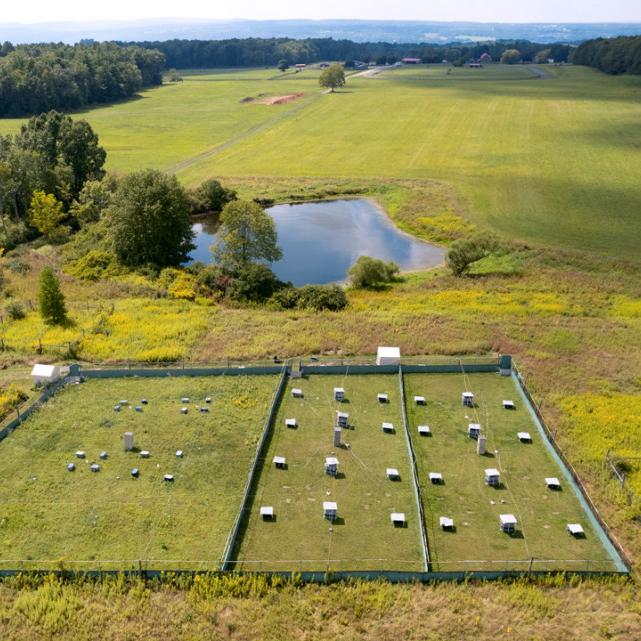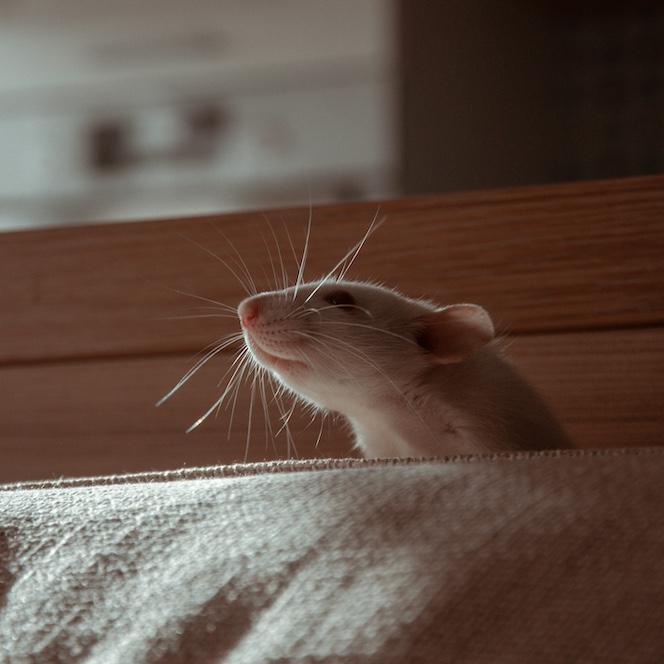
 Department Homepage
Department Homepage
$9M grant will create neurotech research hub at Cornell
New tools developed at Cornell will provide neuroscientists an unprecedented glimpse into the inner workings of the brain.




